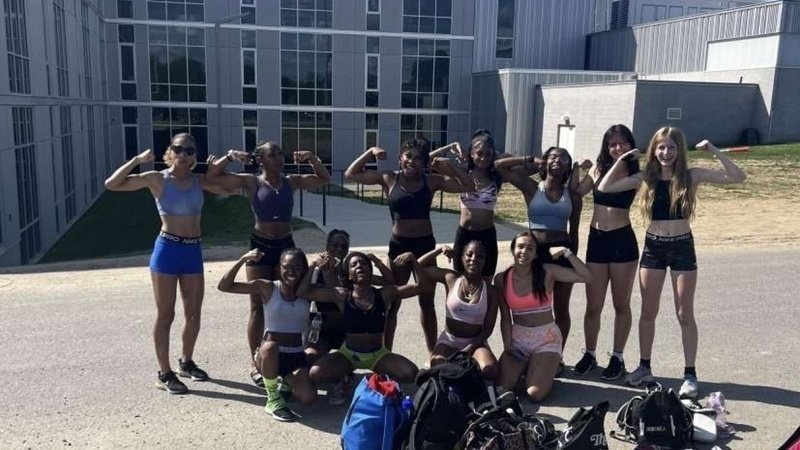New York track team’s dress code petition garners 50,000 signatures
It was a hot day with temperatures reportedly hitting more than 80 degrees. When the athletic director, Alice Chapple eventually reprimanded the team by kicking them out of practice, the track team felt they were being discriminated against. The boys’ teams were allowed to take their shirts off, but the girls weren’t.
 Teammates on the girls’ track team, Kayla Huba and Jordan Johnson, started a Change.org petition to fight for a change to the school’s dress code policy. Now, a year later, the petition has garnered more than 50,000 signatures.
Teammates on the girls’ track team, Kayla Huba and Jordan Johnson, started a Change.org petition to fight for a change to the school’s dress code policy. Now, a year later, the petition has garnered more than 50,000 signatures.
A recent story from EdWeek.org detailed the aftermath of the Albany High School track team’s actions.
Below is an excerpt from the EdWeek.org story.
“I don’t know her personal reasoning, but I feel like maybe it’s just society has kind of put it into everyone’s brains that women’s bodies are sexual, like we’re overly sexualized,” Huba, who was a senior at the time, said.
“But guys having their shirts off is not an issue.”
Chapple did not respond to requests for comment.
After being asked to leave the lacrosse game, one of Huba’s teammates, Jordan Johnson, started a Change.org petition to fight the dress code, which has garnered more than 50,000 signatures so far.
“I started it so we could see change, or at least make a big stink about it,” Jordan, now 16, said.
“And it’s at least going to shed some light on it and you know, open people’s eyes.”
» ALSO SEE: Ferris State Coach Suspended for Violating Tobacco Policy
Additionally, 90 percent of dress codes prohibit clothing typically associated with girls, focusing on the modesty or appropriateness of their clothing, whereas 69 percent prohibit items typically associated with boys, according to the report.
To read the full story from EDWeek.org, click here.







